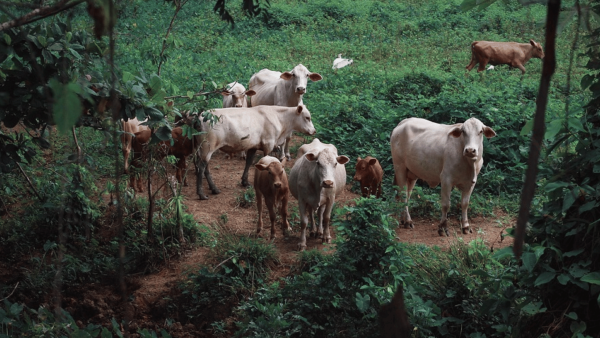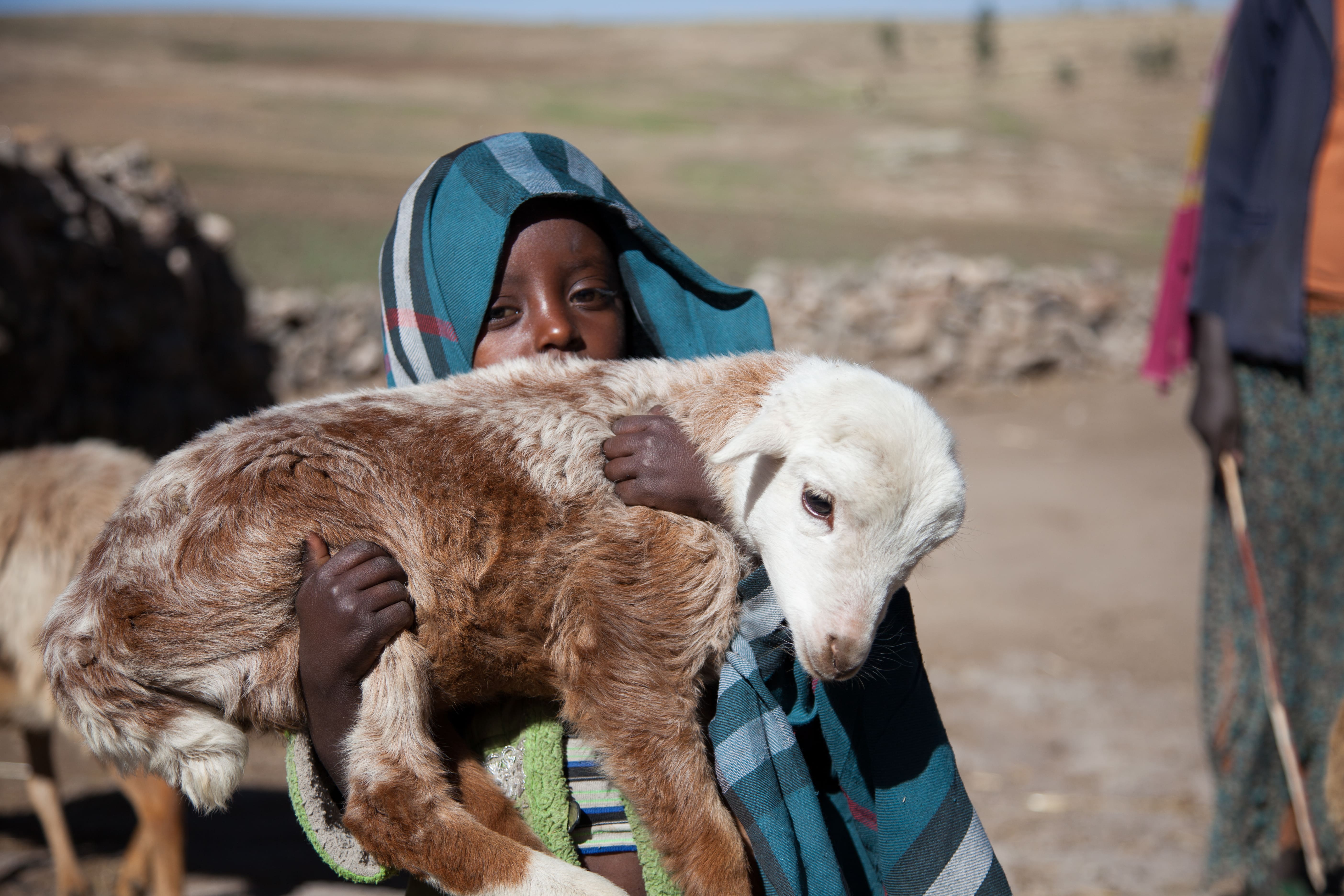Tag: policy

Study Reveals Farmer Knowledge on Antibiotics Risks
Africa & Middle East: A CABI-led study has discovered livestock farmers in Kenya have considerable knowledge of the different aspects of antibiotics risks – including antimicrobial resistance.
Read MoreNavigating the Policy Puzzle of Incoherency and Conflicting Outcomes
Africa & Middle East: The Africa Climate Summit (ACS) and Africa Climate Week (ACW), alongside the Africa Food System Summit (AGRF), highlighted the crucial need for a sustainable and nature-positive transformation in food production.
Read More

